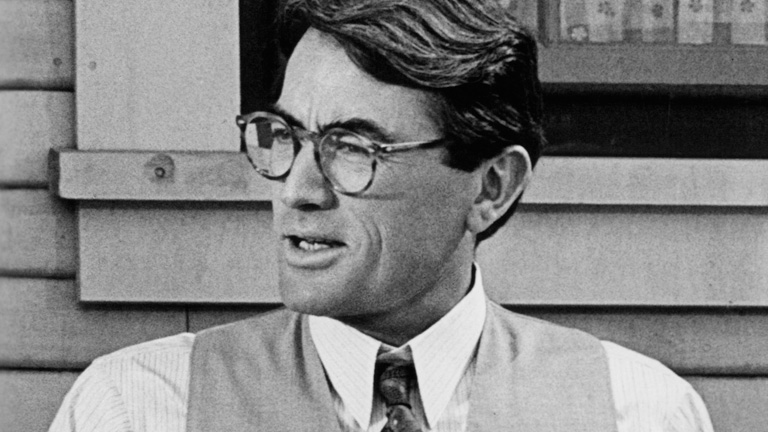Back in June, we put together several reading lists for students looking to bulk up on their summer reading. But did you know that reading is actually an excellent way to prepare for the SAT or ACT? Or really any test for that matter! Let’s break down the test sections and see how strong reading skills will give you a leg up on every part of the ACT or SAT…
English, Writing, and Reading
Of course, strong verbal skills will serve you well on the Reading and Writing Sections of the SAT and the English and Reading sections of the ACT. While it may seem that the English and Writing sections are mainly focused on grammar, punctuation, and syntax — not purely reading comprehension — strong reading skills are still essential to success. Many of the Writing questions require you to wade through long, convoluted sentences and then determine how the sentence might be improved. If you have lots of practice reading complex material in any context — from novels to articles to nonfiction — you will have a much easier time of understanding these passages. The errors may even begin to jump out at you!
Math
The application of your reading skills to the Math sections of the SAT and ACT are certainly less intuitive, but equally important! The vast majority of math problems on these exams are not purely testing your mastery of mathematical concepts. Even the most straightforward problems are accompanied by text, some of which can be translated into mathematical notation if you are able to decipher what the problem is telling you. In the case of a word problem, this might look something like translating a paragraph into a system of equations. These problems — the ones that require you to read through a lengthy chunk of text before getting to the mathematical objective — can feel especially daunting. With strong reading comprehension skills, not only will these questions feel more manageable, but you will also be able to breeze through them with plenty of time on the clock.
Science
Similar to Math sections, the Science section is full of scientific graphs and charts, but the bulk of the passages are paragraphs describing an experiment or situation. What skills will serve you best in distilling down and picking out the essential information? Your reading skills, of course! Basically, the Science section is a glorified Reading section: read the passage, synthesize the information, and answer questions about the material provided. Don’t be intimidated by the graphs and charts, they’re only there to help you!
Hopefully, we’ve convinced you to squeeze a little more reading time into your busy schedule. It will pay off not only in your test prep endeavors, but in whatever academic pursuits are on the horizon. Check out our post on Reading for SAT & ACT Preparation and while you’re at it, take a look at our general Reading Suggestions. Happy reading! If you’re looking for additional academic or test prep support, please don’t hesitate to reach out to us. As always, we don’t just tutor, we’ll be with you every step of the way™!

